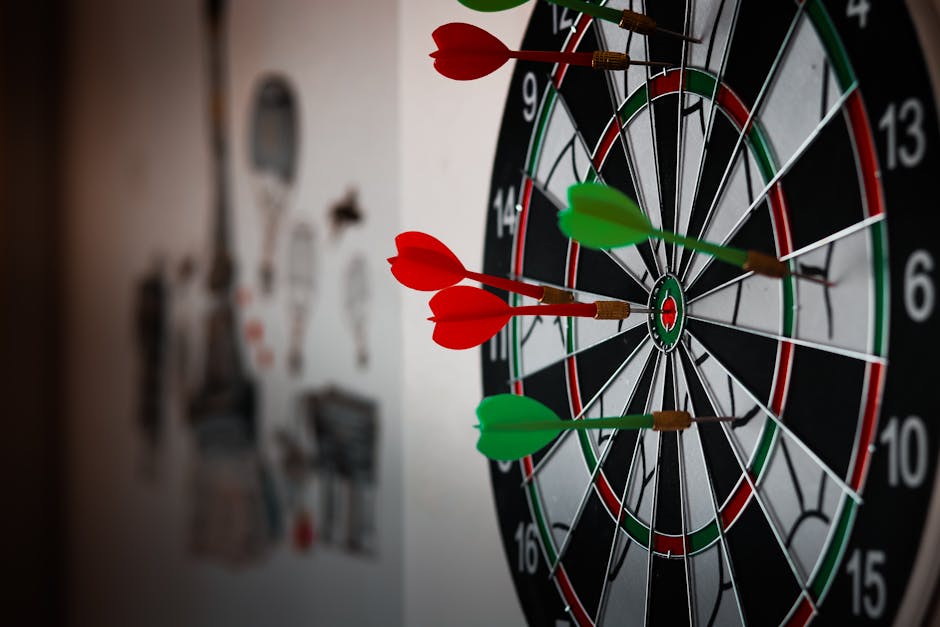
How Ethical Practices Impact Polygraph Accuracy
In today’s world, where truth verification is paramount, polygraphs have emerged as key tools in various sectors, from law enforcement to private investigations. However, the efficacy of these devices hinges not only on technological sophistication but also on the ethical practices surrounding their use. This post delves into how ethical practices impact polygraph accuracy, shedding light on a topic that intertwines technology, psychology, and ethics.
The Science Behind Polygraphs
Before exploring the ethical dimensions, it’s essential to understand how polygraphs work. Polygraphs, or lie detectors, measure physiological responses such as heart rate, blood pressure, and skin conductivity to determine whether someone is being deceptive. The underlying assumption is that deceptive answers will trigger physiological responses due to the stress or anxiety of lying.
Despite their widespread use, polygraphs are not infallible. Various studies have shown that polygraph accuracy rates range from 70% to 90%. This variability can be attributed to several factors, including the examiner’s skill and the examinee’s psychological state.
Ethical Considerations in Polygraph Testing
Ethical practices in polygraph testing are crucial for ensuring accuracy. Here are some key ethical considerations:
Informed Consent
Obtaining informed consent is a fundamental ethical requirement in polygraph testing. Test subjects should fully understand the procedure, the implications of the results, and their right to refuse or terminate the test. Failing to secure informed consent can lead to legal complications and compromise the test’s validity.
Fair and Impartial Testing
Examiners must conduct tests without bias or preconceived notions about the subject’s honesty. This impartiality is crucial for maintaining objectivity and ensuring that the test results are credible. Studies have shown that examiner bias can significantly affect the outcomes, which is why fair testing is a cornerstone of ethical practice.
Confidentiality
Maintaining confidentiality is another critical ethical practice. Test results should be shared only with authorized personnel and should not be disclosed without the subject’s consent. Breaching confidentiality can not only harm the subject’s reputation but also lead to legal repercussions for the examiner.
Use of Qualified Examiners
Polygraph tests should be administered by qualified and certified examiners. Proper training ensures that the examiners are equipped to handle various scenarios, interpret data accurately, and maintain ethical standards. According to the American Polygraph Association, examiners should undergo rigorous training and adhere to a strict code of ethics.
Impact of Ethical Practices on Accuracy
Ethical practices are not just about moral obligations; they directly impact polygraph accuracy. Here’s how:
Reducing False Positives
Ethical practices help in reducing false positives, which occur when an honest person is incorrectly identified as deceptive. By ensuring a stress-free environment and obtaining informed consent, examiners can mitigate the anxiety that might cause false positives.
Enhancing Trust and Cooperation
When subjects perceive the process as fair and ethical, they are more likely to cooperate fully, providing honest answers and reducing the likelihood of countermeasures. This cooperation is crucial for obtaining accurate results.
Improving Data Interpretation
The ethical conduct of examiners ensures that data is interpreted objectively and accurately. Bias and preconceived notions can lead to misinterpretation of data, thus ethical practices enable examiners to maintain objectivity.
Case Studies Highlighting the Importance of Ethics
Several case studies illustrate the importance of ethical practices in polygraph testing:
Case Study 1: The Importance of Informed Consent
In a high-profile criminal investigation, the lack of informed consent led to the dismissal of polygraph results. The suspect, unaware of their rights, felt coerced into taking the test, and the court ruled the results inadmissible. This case underscores the necessity of informed consent for both ethical and legal validity.
Case Study 2: Impact of Examiner Bias
A study conducted by the National Academy of Sciences revealed that examiner bias could lead to a 10% increase in false positives. In one instance, an examiner’s belief in a suspect’s guilt led to a skewed interpretation of the results, later proven inaccurate by independent review.
Actionable Tips for Ethical Polygraph Testing
For practitioners and organizations using polygraphs, here are actionable tips to ensure ethical testing:
- Educate Participants: Clearly explain the procedure, their rights, and the implications of the test results.
- Ensure Examiner Qualification: Use only certified examiners who adhere to professional codes of ethics.
- Maintain Objectivity: Approach each test without bias or assumptions about the subject’s honesty.
- Secure and Confidential: Keep test results secure and confidential, sharing them only with authorized personnel.
- Continuous Training: Regularly update examiners on ethical practices and new developments in the field.
Conclusion
Ethical practices in polygraph testing are crucial for ensuring the accuracy and reliability of results. By upholding principles such as informed consent, impartial testing, confidentiality, and examiner qualification, practitioners can significantly reduce errors and enhance the credibility of polygraph tests. In an era where truth is increasingly contested, adhering to ethical standards in polygraph testing is not just good practice—it’s essential.
As the technology and methods of polygraph testing continue to evolve, so too must the ethical frameworks that guide their use. By fostering an environment of trust and transparency, we can ensure that polygraphs remain a valuable tool in the quest for truth.
